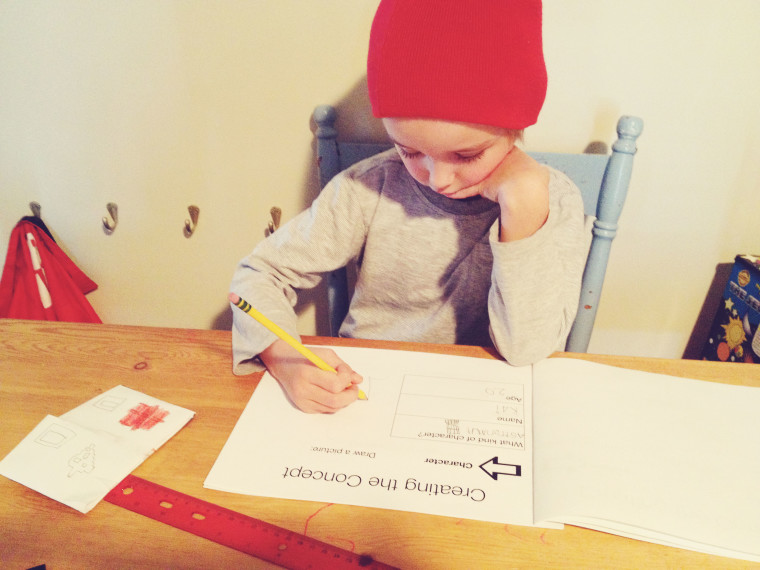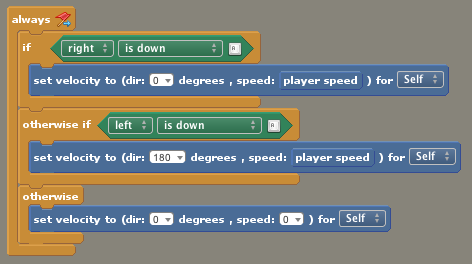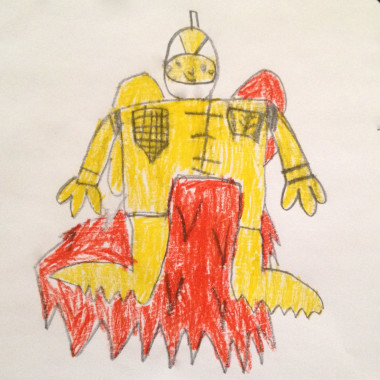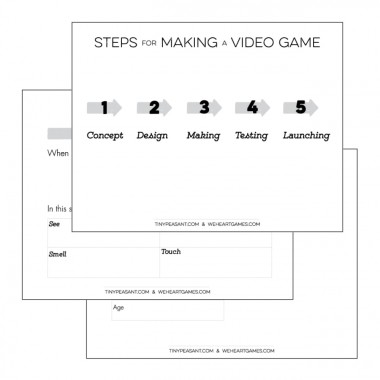It comes as no surprise that my 2 boys think that having a dad who is a game developer is the Coolest Thing.

We have the privilege of being able to homeschool three of our kids. Last year we decided to make game development a part of our learning. This, of course, became the New Coolest Thing.
My wife is an educator at heart, and created this great document designed to help kids flesh out a game idea. There’s a lot that you can talk about with your kids about their game, long before sitting down at a computer. This “Game Design Document for Kids” asks kids some questions about their game that maybe they hadn’t thought of, about how the game looks, sounds and works.
Download
Download the game design template here. (While you’re at it, have a look around the site, especially if you’re a parent!)
We’re working on growing this document to make it even more useful, so if you have any feedback, let us know!
Making the game
Once we had the game idea down, and some sketches in place, it was time to make the game! We decided to use Stencyl to make our games. It has a bright, colourful visual coding language that looks a lot like Lego bricks. For example, here’s the script for making the player move side to side:

You can see a few short videos of our progress in this YouTube playlist. Each video describes what we did that day. Given that we were learning Stencyl together, it’s pretty remarkable how far along it came in a short time. His goal now is to add different costumes that you can buy with the coins you collect. He’s even received fan art costume submissions from friends!

Possibilities: endless
We recently took this game and swapped out the art for my younger son (they are 5 and 8). With a few minor changes to the mechanics, we now have an entirely different game. It was very exciting for them to see how making a few changes to key numbers makes the game more or less difficult, and also more or less fun! There were literally squeals of delight when the game hit that sweet spot.
These are the magical moments of teaching your kids to make games.
